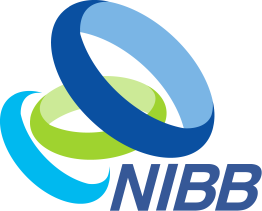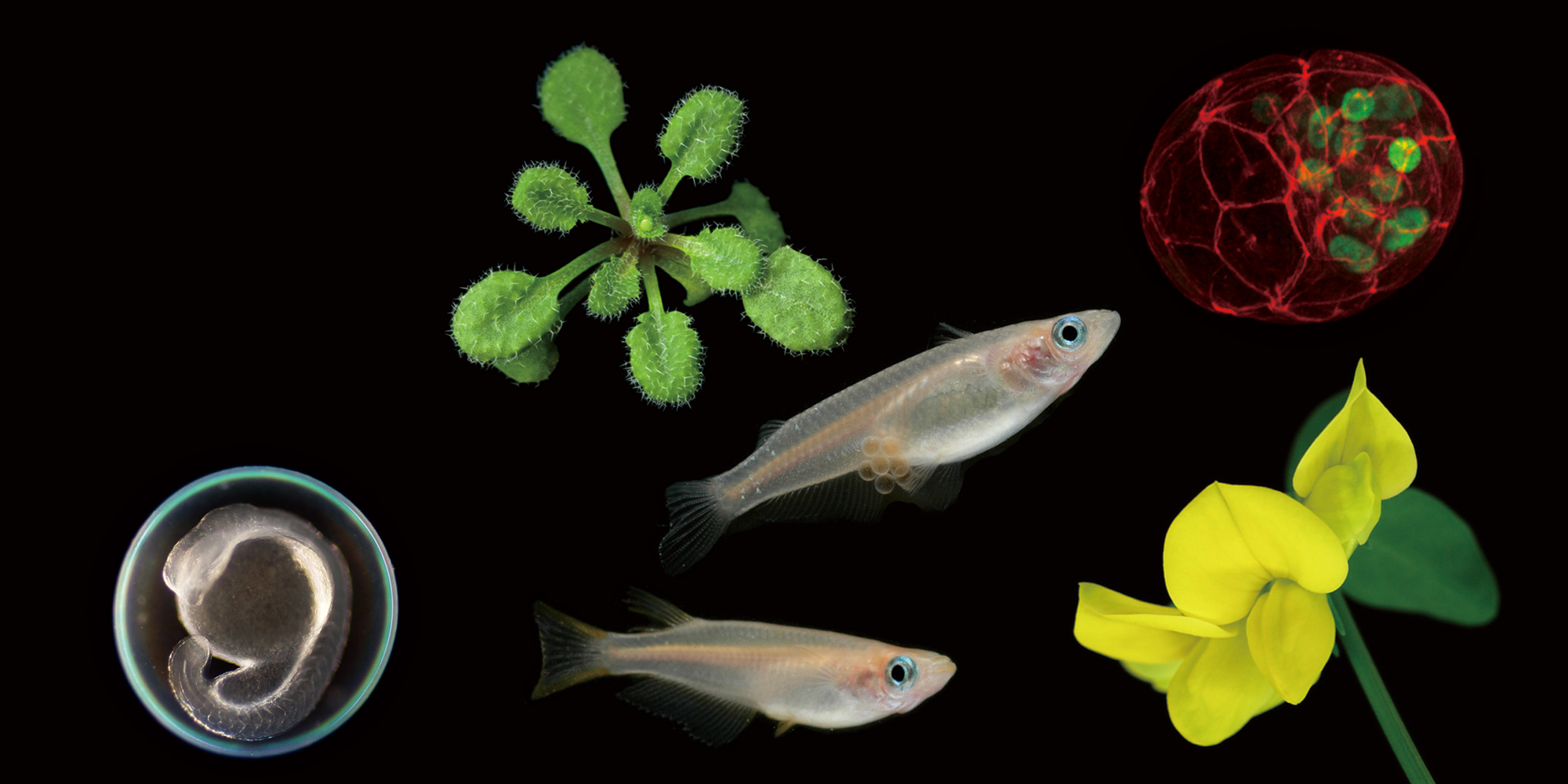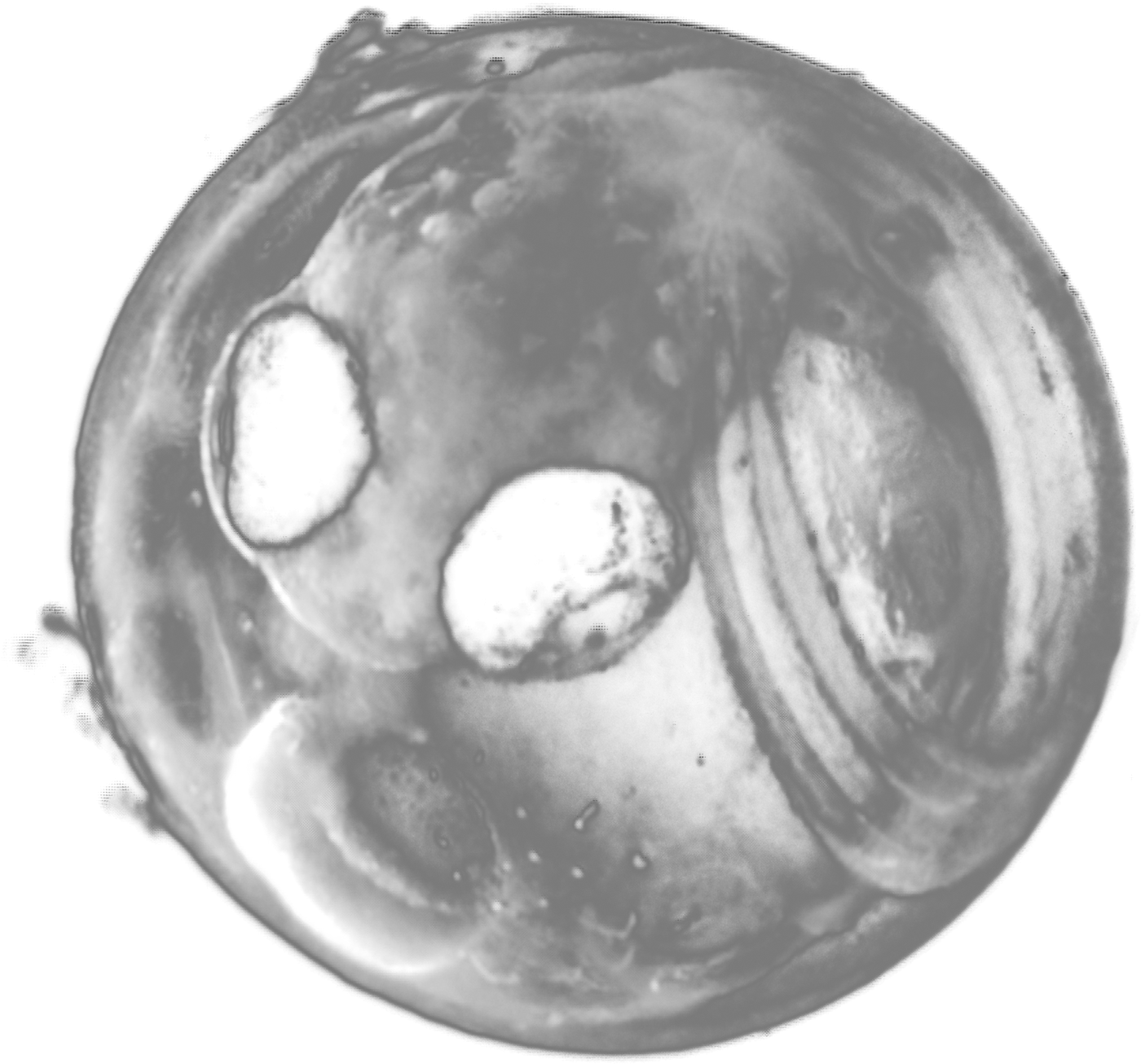2024.12.19 Seminar
The FAS-1 domain-containing protein functions as an evolutionarily conserved ligand in the ECM remodeling signaling pathway
Dr. Ekasit K. Sonpho (Stowers Institute for Medical Research)
2024. 12. 19 (Thu) 16:30 ~ 17:30
Seminar Room 1, Myodaiji (132-134)
AGATA, Kiyokazu (7650)
While adult vertebrates restrict their tissue regeneration to particular organs, the invertebrate planarian, Schmidtea mediterranea, has the remarkable ability to regenerate its entire body from a tiny fragment, granted by a vast amount of adult pluripotent stem cells in its body. This makes planarians an excellent model to study how extreme tissue regeneration programs launch in an adult animal. Our goal is to understand the role of extracellular matrix (ECM) dynamics in creating a favorable niche for the stem cells to support whole-body regeneration. To capture the process of ECM remodeling, we defined the ECM protein expression during regeneration via mass spectrometry of decellularized animals. Comparing the protein expression pattern with mRNA expression during tissue regeneration, we uncovered that the ECM undergoes extensive remodeling at both the mRNA and protein levels in response to regeneration. Single-cell RNA-seq data suggested that all cell types are able to produce ECM. We particularly focused on the intestine because the intestine is in close proximity to stem cells and produces many proteases that could be used to remodel ECM. We found that disrupting some intestinal ECM gene expression by RNA interference (RNAi) affects the ability of stem cells to proliferate. To visualize ECM remodelling, we utilized a Collagen Hybridizing Peptides (CHP) technology to detect the collagen denaturation process. We found that the disrupting smed-postn (Periostin) and smed-tgfbi (transforming growth factor beta induced) gene expression reduced the amount of denatured collagen proteins. This finding suggests that these two proteins are important in regulating ECM remodeling. Interestingly, both genes contain four repeated Fasciclin 1 domains (FAS-1), which are evolutionarily conserved ECM domains throughout metazoans. It appears that disrupting both genes compromises the stem cell migration process, the same cellular outcome reported in functional studies in many organisms. We therefore propose that, although planarians possess a high regenerative capacity, they utilize conserved proteins and pathways, such as FAS-1-containing proteins, similar to other metazoans, including humans, to modify the ECM microenvironment. This highlights the potential to enhance human regenerative capacity to some extent by leveraging existing pathways, without the need to introduce novel proteins or pathways into therapeutic strategies.







